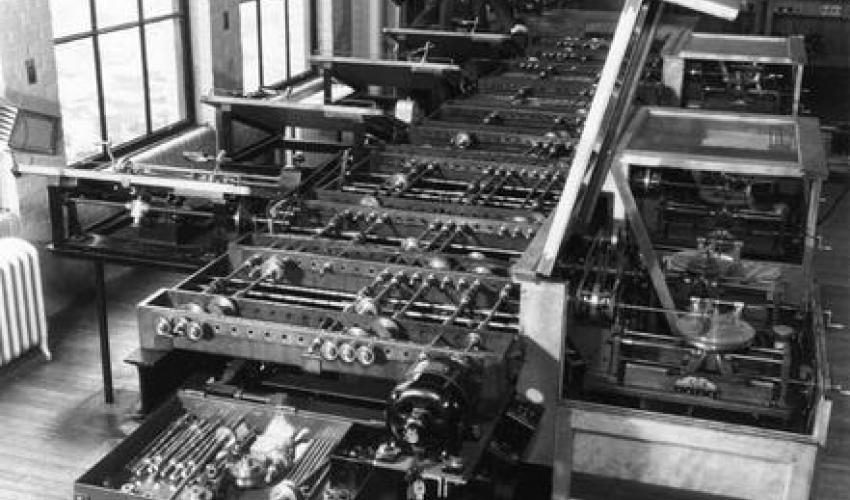
Did you miss our last article on networking? Here is a recap an extensive discussion on networking infrastructure
Studying the evolution of any area of science or technology will not only stimulate your natural curiosity, it will also give you a deeper understanding of the main achievements in this area, make you aware of the existing trends, and help you to evaluate the prospects of specific developments. Computer networks emerged relatively recently, in the late 1960s.
They have inherited many useful properties from their predecessors, namely, older and more widely adopted telephone networks. This is not surprising, since both computers and telephones are universal instruments of communications. However, computer networks have brought something new into the world of communications namely, the practically inexhaustible store of information accumulated by human civilization during the several thousand years of its existence.
This information store is continuing to grow at a steadily increasing rate. This became especially noticeable in the mid-1990s, when the rapid growth of the Internet clearly demonstrated that free and anonymous access to information and instant, written communications were highly valued by most individuals. The influence of computer networks on other types of telecommunications networks resulted in network convergence, a process that started long before the Internet. Digital voice transmission in telephone networks was one of the first signs of that convergence.
More recent indications of convergence are the active development of new services in computer networks that previously were the prerogatives of telephone, radio, and TV networks, such as Voice over IP (VoIP), radio broadcasts, and TV services. The process of convergence is continuing, though without offering clear signs of its future. However, knowing the evolution of computer networks, which is described in this chapter, makes it easier to understand the main problems that developers of computer networks must face.
Computer networks are the logical result of the evolution of computer and communications technologies. They represent a particular case of distributed computer systems and can be considered a medium for transmitting information over long distances. For the latter purpose, they implement data encoding and multiplexing methods developed and adopted in various communications systems.
All networks can be classified, based on geographical location, in the following categories: wide area networks (WANs), local area networks (LANs) and metropolitan area networks (MANs).
Chronologically, WANs were the first networks to appear. They connect computers distributed over hundreds of miles. They are often based upon existing, low-quality communications links, resulting in low data-transmission speeds. Compared to LANs, WANs provide a limited set of services, mainly file transfer and e-mail, in background rather than in real time.
LANs usually cover regions within a radius of no more than 1.5 miles. They are based on expensive, high-quality connection links that allow simple methods of data transmission at higher speeds of data exchange (about 100 Mbps) than allowed by WANs. Usually, LANs provide a range of services implemented online.
MANs are intended for serving large cities, being characterized by rather long distances between network nodes (sometimes tens of miles) they also provide high-quality communications links and support high speeds of data exchange. MANs ensure economic and efficient connection of LANs, providing them access to WANs.
The most important stage in the evolution of computer networks was the arrival of standard networking technologies. These include Ethernet, FDDI, and Token Ring. These technologies allow different types computers to connect quickly and efficiently.
During the late 1980s, LANs and WANs were characterized by significant differences between the length and the quality of communications links, the complexity of the data transmission methods, data exchange rates, the range of provided services, and scalability. Later, as a result of the close integration of LAN, WAN, and MAN, the convergence of these technologies took place.
The trend of convergence of the different types of networks is characteristic not only for LANs and WANs but also for other types of telecommunications networks, including telephone, radio, and TV networks. For now, research is aimed at creating universal multiservice networks, capable of efficiently transmitting information of any kind, including data, voice, and video
Source: www3.nd.edu
- Log in to post comments





